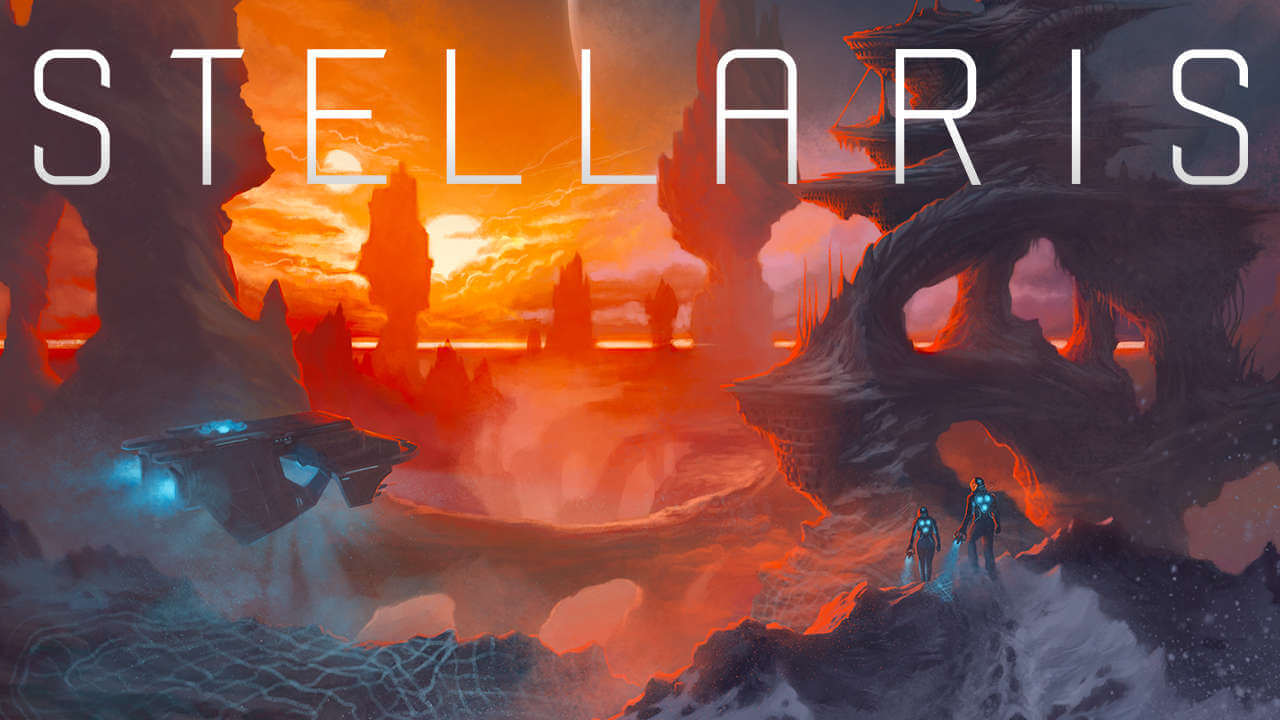Ah, welcome back. You’ve found your way back to this week’s Stellaris development diary — a stellar mix of space ships, planets, and anomalies. Once again, Doomdark will guide us into the heavens for details on the galaxy and how it works. The best way to find out how this galaxy works and what you’ll be able to do it derives from one important source: Science Ships.
In Stellaris, you must explore the stars and planets around you in order to advance your chosen species. From the beginning of your adventure, Science Ships will be the most useful tool in your galactic tool belt, right next to the automatic solar powered hammer. And while you can run space exploration missions without an on-board scientist, you will miss out on all of the mysterious objects that decorate the vast expanse of space. These ships will be your first peek through the looking-glass, into worlds unexplored and resources untapped.
Scientists swill be your personal James T. Kirk and crew in this star-bound adventure. You will follow them along their journeys into the great unknown as they gain traits, experience, and stories. Glorious stories of wonder and awe, fear and turmoil, life and death… Too dramatic?
Here’s Doomdark to explain the allure of stellar scientists:
I like to compare these intrepid explorer-scientists with the questing heroes you might see in an RPG. They fly around the galaxy exploring, having little adventures, gaining experience and perhaps picking up some new personality traits. The galaxy is, after all, ancient and full of wonders. The way this works in the game is that when a Science Ship completes a survey, it might uncover an Anomaly of some sort. Each Anomaly has a difficulty level, so you often want to delay researching some of them until you have a Scientist with a high enough skill. Researching an Anomaly takes time and may result in success, failure, or, sometimes, catastrophic failure
What you might find on these planets — Anomalies — will offer unique interactions for your team to explore and puzzle over. These anomalies will be the equivalent of quests that offer the flavor for your galaxy — giving the player options about how to handle these little mysterious moments will range from the bizarre to the truly terrifying. Importantly, they can’t get old! Doomdark thinks “The biggest challenge we face when writing these Anomaly events is to provide enough variation that players keep getting surprised even after several complete playthroughs. Therefore, we work with rare branches and having multiple start and end points, so that you might initially think you’ve seen the Anomaly before, only to find that this time it plays out differently.”
Once you’ve scoured the galaxy for important artifacts, anomalies, and whatever else Stellaris has to wait in the wings, Science Ships will still have important functions outside of exploration, but this will need to wait for another dev diary.
What do you think about the random elements in Stellaris? Let us know in the comments below.







